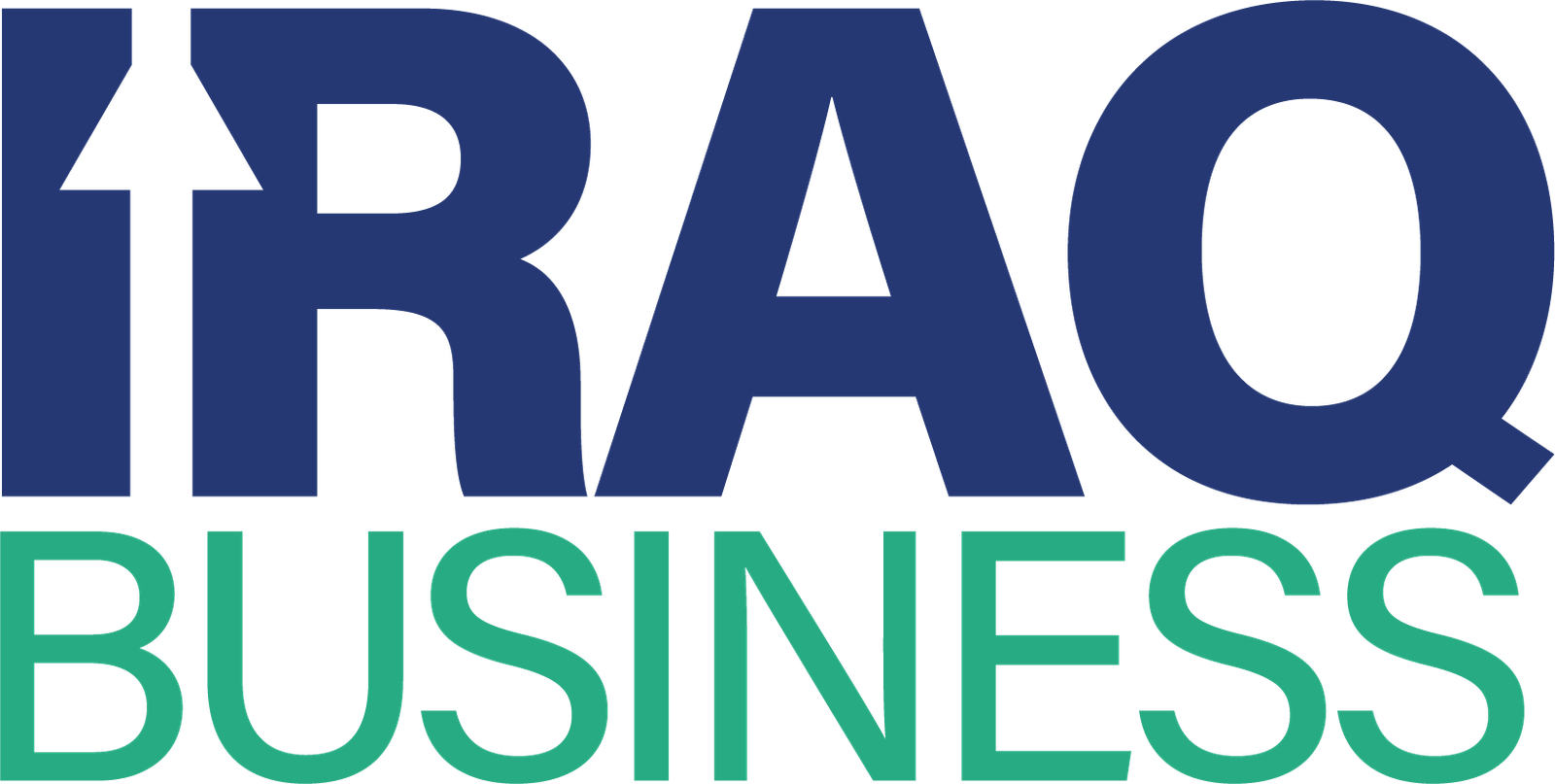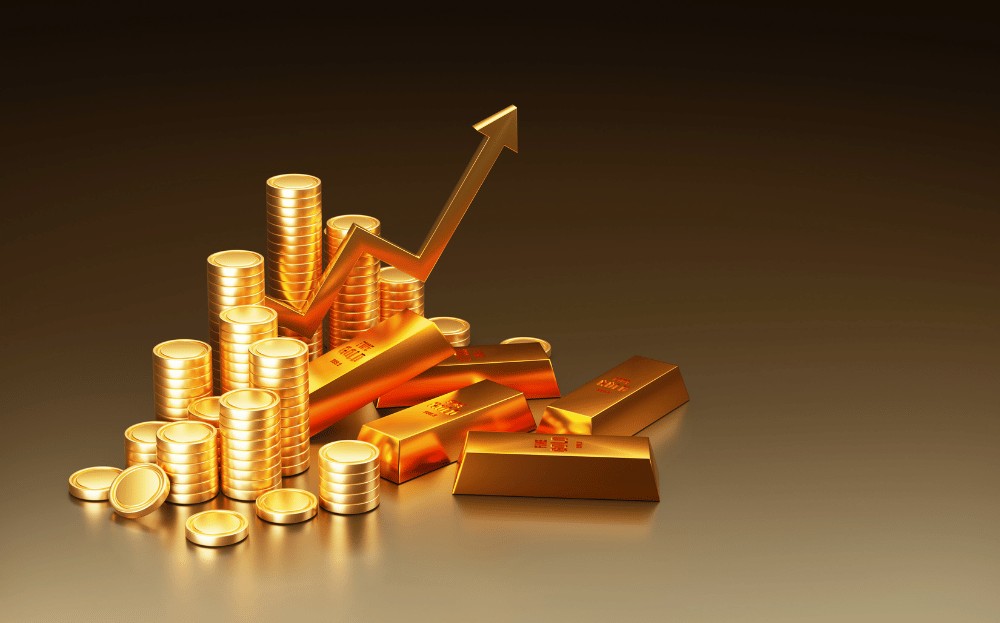Gold prices in Iraq rise slightly in Baghdad and Erbil, reflecting rising local demand and dynamic market trends. Investors and jewelers monitored price movements closely, anticipating further fluctuations in the coming days. The increase in gold prices coincides with ongoing economic activity, currency shifts, and regional financial trends.
Additionally, in Baghdad, 21-carat gold, including Gulf, Turkish, and European varieties, sold for 755,000 IQD per mithqal. Buyers offered 751,000 IQD for the same gold. Iraqi 21-carat gold recorded slightly lower rates, with sellers at 725,000 IQD and buyers at 721,000 IQD. Jewelry stores reported 21-carat Gulf gold ranging from 755,000 to 765,000 IQD per mithqal. Iraqi gold sold between 725,000 and 735,000 IQD. These price movements attracted attention from both investors and local residents.
Meanwhile, Erbil also experienced rising gold prices. Traders set the 22-carat gold price at 796,000 IQD per mithqal, while 21-carat gold reached 760,000 IQD. The 18-carat gold rate stood at 652,000 IQD. Jewelers emphasized strong demand for higher-carat gold, driven by investors seeking long-term value. Additionally, many residents purchased gold for personal, cultural, and traditional uses.
Experts explained that gold prices in Iraq react quickly to economic conditions, currency fluctuations, political developments, and regional trends. Traders in Baghdad and Erbil underlined that gold remains a safe store of value during periods of economic uncertainty and market instability. They strongly encouraged citizens to watch market trends carefully before making any purchases or investments.
In conclusion, the rise in gold prices strengthens Iraq’s gold market and promotes safe investment opportunities. Increasing local interest in gold also supports cultural traditions, such as weddings and celebrations. Citizens are advised to track gold prices closely, as they impact both investment and personal buying decisions. Overall, Iraq’s gold sector continues to contribute to financial stability, economic resilience, and cultural practices across the country.


